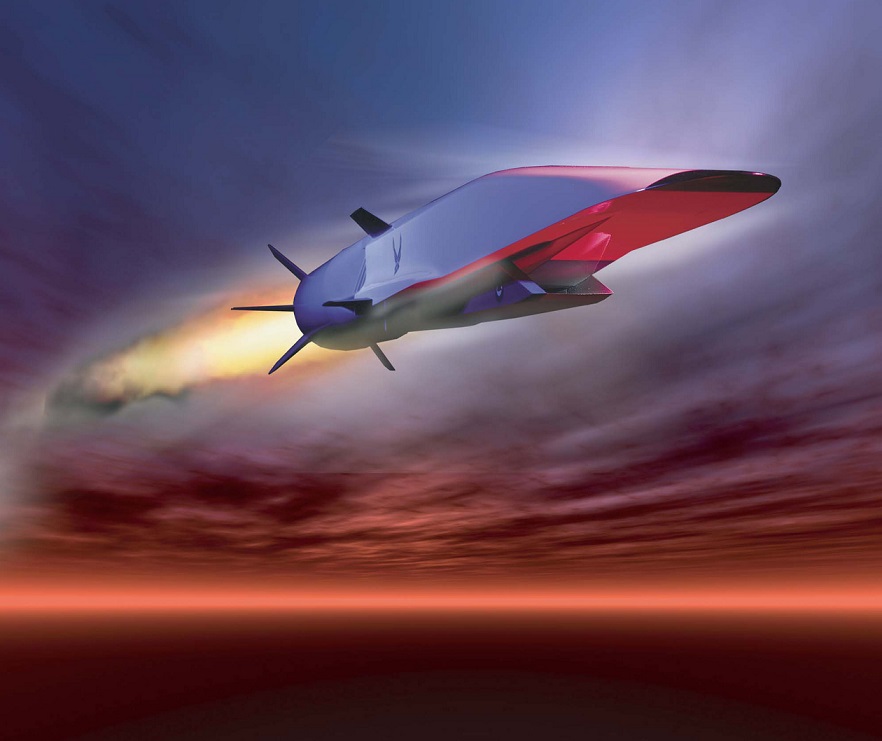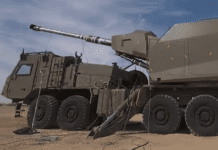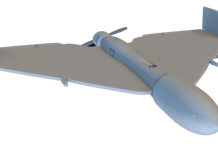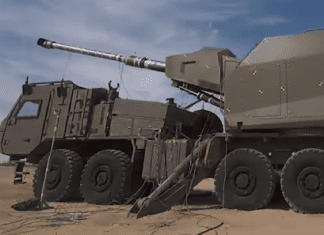
This post is also available in:
 עברית (Hebrew)
עברית (Hebrew)
A joint effort of the US Defense Advanced Research Projects Agency (DARPA) and the US Air Force focuses on the development and demonstration of technologies to enable future air-launched, tactical-range hypersonic boost-glide systems. Defense industry Raytheon has received a contract from DARPA to further develop the tactical boost-glide (TBG) hypersonic weapons program.
The weapon system will allow the US military to engage from longer ranges with shorter response times.
The $63.3m contract includes a critical design review of the hypersonic weapons system, a significant step in fielding the technology, according to Raytheon. This multi-disciplined technical review is designed to ensure that the system can proceed into fabrication, demonstration, and testing.
In a hypersonic boost-glide system, the weapon uses a rocket to achieve hypersonic speeds at velocities greater than Mach 5. After the rocket accelerates to high speeds, the payload gets separated and glides ‘unpowered’ to its destination, DARPA stated in its website.
In October 2016, Raytheon Missile Systems won a $174.7m contract from DARPA to develop the Hypersonic Air-Breathing Weapon Concept, i.e. critical technologies that enable an effective and affordable air-launched hypersonic cruise missile.
The company also secured a contract in April 2015 to develop a TBG missile hypersonic technology. While the air-breathing scramjet relies on high speed for its power, the boost-glide model uses a re-entry vehicle to reach high altitudes, according to airforce-technology.com.

























